How to Grow Fresh Berries in Containers for Delicious Harvests
Berries are a delicious and healthy addition to any diet, but not everyone has the space to grow them in a traditional garden. Fortunately, growing fresh berries in containers is an easy and space-saving solution that can yield a bountiful harvest. Whether you have a small balcony, patio, or deck, you can enjoy the taste of freshly picked berries all season long.
Benefits of Growing Berries in Containers
- Space-saving solution for those with limited outdoor space
- Easier to control soil quality and moisture levels
- Protection from pests and diseases
- Ability to move containers to optimal sunlight and temperature conditions
Best Berries to Grow in Containers
While many types of berries can be grown in containers, some are better suited than others. Here are a few of the best berries to grow in containers:
| Berry | Container Size | Harvest Time |
|---|---|---|
| Strawberries | 8-10 inches | Spring/Summer |
| Raspberries | 18-24 inches | Summer/Fall |
| Blueberries | 24-36 inches | Summer |
Steps to Growing Berries in Containers
- Choose a container with drainage holes and fill with high-quality potting soil
- Select a sunny location and water regularly to maintain soil moisture
- Fertilize as needed and prune regularly to promote healthy growth
- Harvest berries when ripe and enjoy!
With these tips, you can easily grow fresh berries in containers for a delicious and healthy harvest. Happy planting!
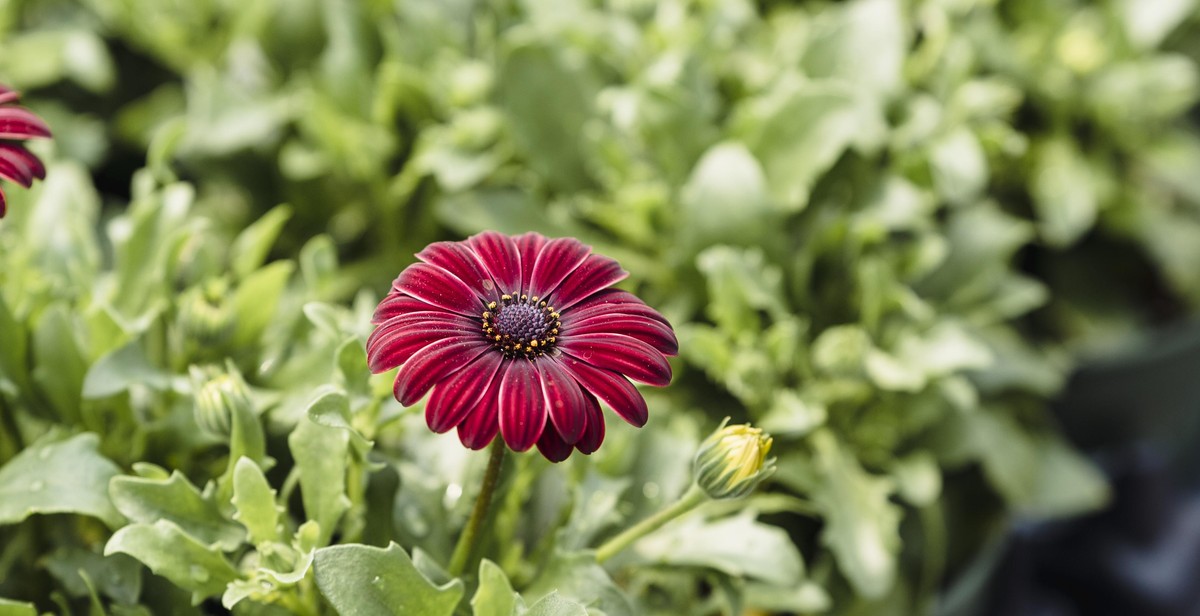
Why Grow Berries in Containers?
Growing berries in containers is becoming increasingly popular among gardeners, especially those who have limited space and want to enjoy fresh berries on their patios, balconies, or even inside their homes. Here are some reasons why growing berries in containers is a great idea:
Limited Space
One of the main reasons to grow berries in containers is that it allows you to grow them even if you have limited space. Containers take up very little space, so you can grow berries on a small patio, balcony, or even a windowsill. This is especially important for city dwellers who may not have access to a large garden or yard.
Control Over Growing Conditions
When you grow berries in containers, you have complete control over the growing conditions. You can choose the type of soil, fertilizer, and water that you use, ensuring that your berries get the perfect amount of nutrients and moisture. This is especially important if you live in an area with poor soil or harsh weather conditions.
Easy Maintenance
Growing berries in containers is also very easy to maintain. You don’t have to worry about weeding or tilling the soil, and you can easily move the containers around to get the best sunlight. Additionally, because the plants are contained, you don’t have to worry about them spreading or taking over your garden.
Overall, growing berries in containers is a great way to enjoy fresh, delicious berries even if you have limited space. With complete control over growing conditions and easy maintenance, you can enjoy a bountiful harvest of berries right at home.
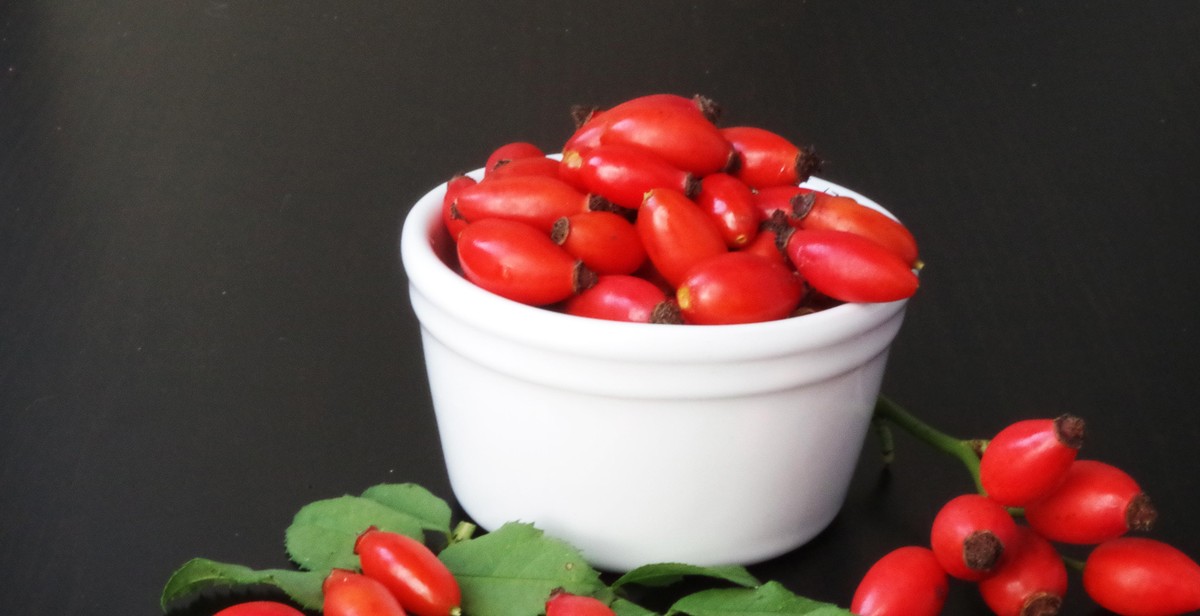
Choosing the Right Container
Growing fresh berries in containers is an excellent way to enjoy delicious and healthy fruits right from your home. However, choosing the right container is crucial to ensure that your berries thrive and produce a bountiful harvest. Here are some factors to consider when selecting the perfect container for your berries:
Size and Depth
The size and depth of the container are essential to consider when growing berries. Since most berries have shallow roots, a container with a depth of at least 18 inches is ideal. This depth allows the roots to spread out and ensures that the plant has enough space to grow. Additionally, the container’s size should be large enough to accommodate the plant’s growth and ensure that the soil doesn’t dry out too quickly.
Drainage
Good drainage is critical to the success of growing berries in containers. Without proper drainage, the roots can become waterlogged, leading to root rot and other diseases. Therefore, it is essential to choose a container with drainage holes at the bottom to allow excess water to drain out. If the container doesn’t have drainage holes, you can drill some holes in the bottom to ensure proper drainage.
Material
The material of the container is another crucial factor to consider. There are various materials to choose from, including plastic, terracotta, ceramic, and metal. Plastic containers are lightweight, affordable, and easy to move around. Terracotta and ceramic containers are durable, attractive, and provide excellent insulation for the roots. Metal containers are also durable and can add a modern touch to your garden. However, metal containers can heat up quickly and may require additional insulation to protect the roots from extreme temperatures.
| Container Material | Pros | Cons |
|---|---|---|
| Plastic | Lightweight, affordable, easy to move around | May not be as durable as other materials |
| Terracotta/Ceramic | Durable, attractive, excellent insulation for roots | Can be heavy and breakable |
| Metal | Durable, modern look | Can heat up quickly, may require additional insulation |
Choosing the right container is crucial to growing delicious and healthy berries in containers. By considering the size and depth, drainage, and material of the container, you can ensure that your berries thrive and produce a bountiful harvest.
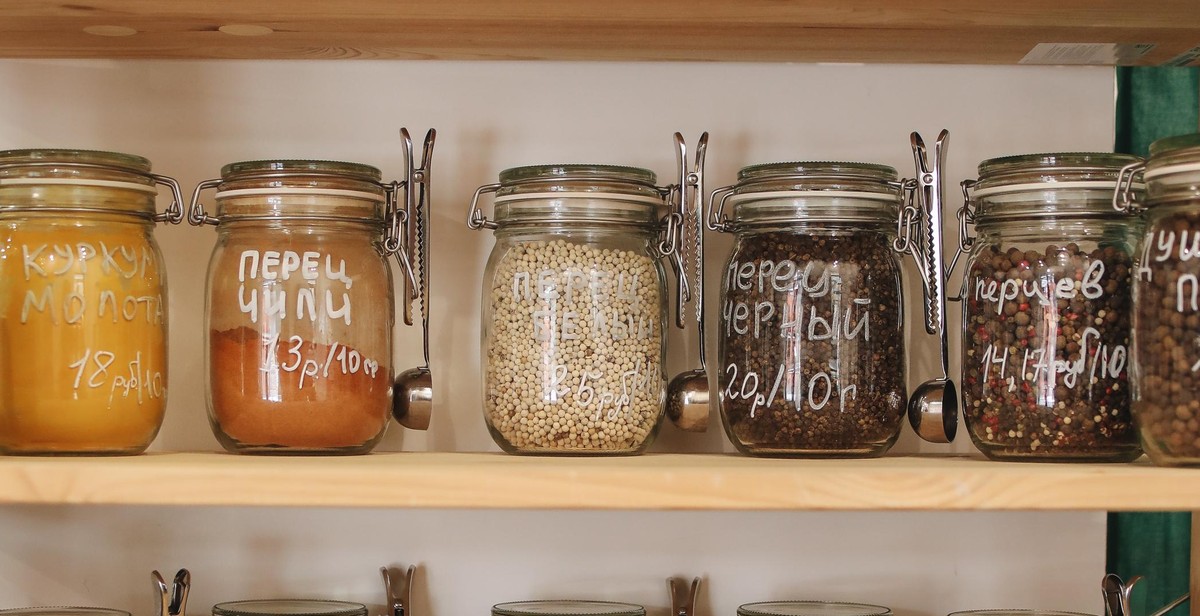
Selecting the Best Berries for Container Growing
When it comes to growing berries in containers, it is important to select the right type of berry that will thrive in a confined space. Not all berries are suitable for container growing, and some require more space and maintenance than others. Here are some of the best berries to grow in containers:
1. Strawberries
Strawberries are one of the easiest and most popular berries to grow in containers. They are compact plants that do not require a lot of space, making them perfect for small gardens or balconies. They also produce a bountiful harvest of sweet and juicy berries, making them a favorite for home gardeners.
2. Blueberries
Blueberries are another great option for container growing. They are small shrubs that can thrive in a pot, as long as they have enough space and the right soil. Blueberries require acidic soil and regular watering, but they are worth the effort for their delicious and nutritious berries.
3. Raspberries
Raspberries are a bit more challenging to grow in containers, but they can be successful with the right care. They require a larger pot and trellis support for their trailing canes, as well as regular pruning to keep them under control. The reward is a bounty of sweet and tangy berries that are perfect for jams and desserts.
4. Blackberries
Blackberries are another option for container growing, but they require more space and support than other berries. They are vigorous plants that can quickly outgrow their pot, so it is important to choose a large container and trellis support. With the right care, blackberries can produce a delicious harvest of sweet and juicy berries.
5. Gooseberries
Gooseberries are a lesser-known berry that can thrive in a container garden. They are small shrubs that produce tart and tangy berries that are perfect for jams and pies. Gooseberries require well-draining soil and regular pruning to keep them under control.
- When selecting berries for container growing, choose varieties that are compact and do not require a lot of space.
- Make sure the container is large enough to accommodate the plant’s root system and has adequate drainage.
- Choose the right soil for the type of berry you are growing, whether it is acidic soil for blueberries or well-draining soil for gooseberries.
- Provide regular watering and fertilization to ensure the plant has the nutrients it needs to thrive.
By selecting the right berries and providing the right care, you can enjoy a bountiful harvest of fresh and delicious berries from your container garden.
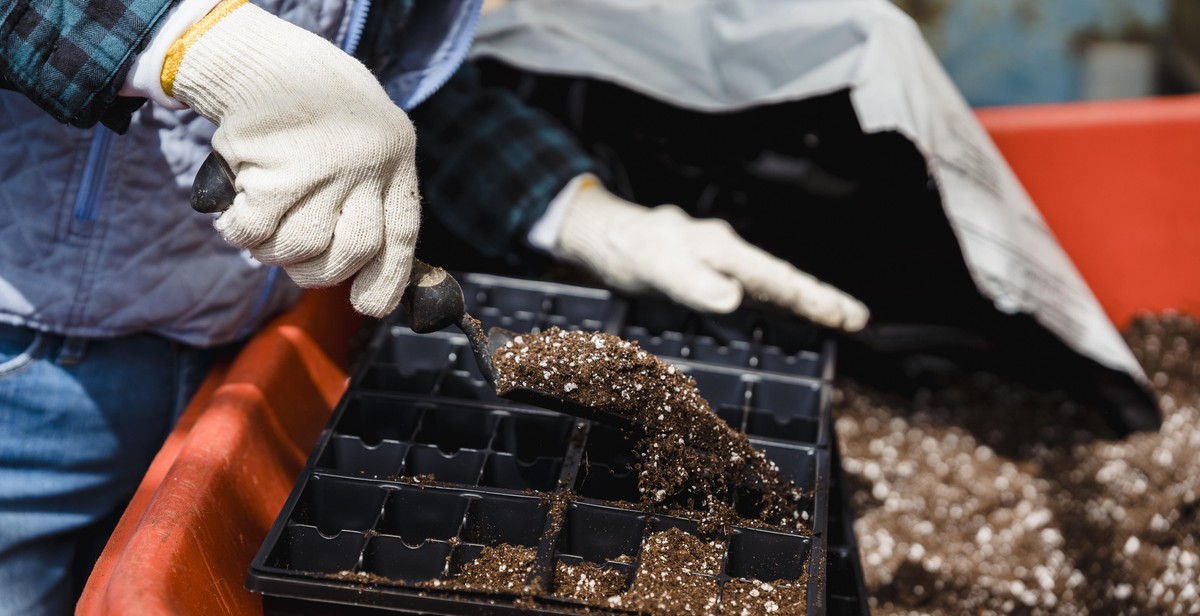
Preparing the Container and Soil
Growing fresh berries in containers is a great way to enjoy delicious and healthy fruits, especially if you don’t have a lot of space in your garden. However, to ensure that your berries thrive and produce a bountiful harvest, you need to prepare the container and soil properly. Here are some tips:
Adding Drainage Holes
The first step in preparing your container is to add drainage holes. Without proper drainage, the soil can become waterlogged, which can lead to root rot and other problems. To add drainage holes, use a drill or a hammer and nail to make several holes in the bottom of the container. Be sure to space the holes evenly and make them large enough to allow excess water to drain out.
Choosing the Right Soil
Choosing the right soil is also important for growing healthy berries in containers. Look for a high-quality potting mix that is specifically formulated for container gardening. Avoid using garden soil, which can be too heavy and may contain pests and diseases. The potting mix should be well-draining, yet able to retain moisture. It should also be rich in organic matter, such as compost or peat moss, to provide nutrients for the plants.
Tip:
- Consider adding perlite or vermiculite to the potting mix to improve drainage and aeration.
Fertilizing
Fertilizing your berry plants is essential for healthy growth and a bountiful harvest. Choose a balanced fertilizer that is formulated for fruiting plants and follow the instructions on the package. In general, you should fertilize your plants every 4-6 weeks during the growing season. Be sure not to over-fertilize, as this can lead to excessive foliage growth and poor fruit production.
Tip:
- Consider using organic fertilizers, such as compost or fish emulsion, to provide a slow-release source of nutrients for your plants.
| Key Takeaways: |
|---|
| Preparing your container and soil properly is essential for growing healthy berries in containers. |
| Add drainage holes to the container to prevent waterlogging. |
| Choose a high-quality potting mix that is well-draining and rich in organic matter. |
| Fertilize your plants every 4-6 weeks with a balanced fertilizer formulated for fruiting plants. |
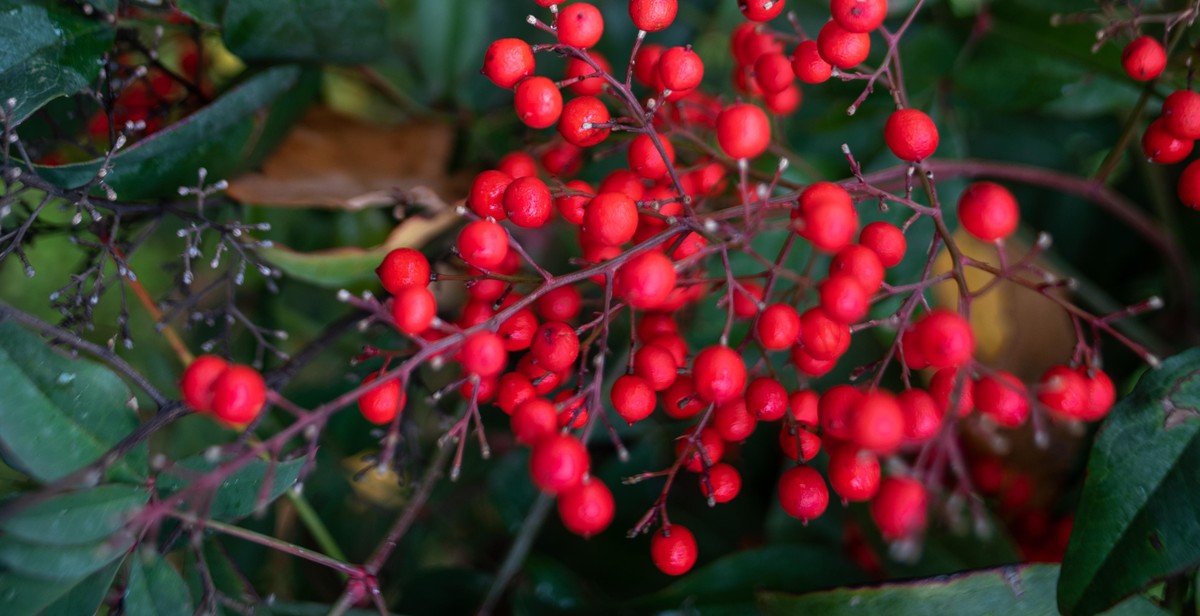
Planting Your Berry Plants
Planting your berry plants is a crucial step in ensuring a successful harvest. Here are some key factors to consider:
Spacing
When planting your berry plants, it’s important to give them enough space to grow and thrive. The amount of space required will depend on the specific type of berry plant you’re growing. As a general rule of thumb, blueberry bushes should be spaced 4-6 feet apart, while raspberry and blackberry bushes should be spaced 2-3 feet apart.
Keep in mind that your berry plants will also need room to spread out their roots. Make sure to plant them in a container that is at least 18 inches wide and 12 inches deep.
Planting Depth
The planting depth for your berry plants will also vary depending on the type of plant. Blueberry bushes should be planted at the same depth they were in their nursery container, while raspberry and blackberry bushes should be planted slightly deeper, with the soil line about an inch above the root ball.
Make sure to loosen the soil in your container before planting to promote healthy root growth.
Watering
Proper watering is essential for the health of your berry plants. When planting your berry plants, make sure to water them thoroughly to help them establish their roots.
After planting, continue to water your berry plants regularly, making sure to keep the soil moist but not waterlogged. Check the soil moisture level daily and adjust your watering schedule accordingly.
It’s also important to note that berry plants require more water during hot, dry weather. Be sure to increase your watering frequency during these times.
| Berry Plant | Spacing | Planting Depth |
|---|---|---|
| Blueberry | 4-6 feet apart | Same depth as nursery container |
| Raspberry | 2-3 feet apart | Soil line about an inch above root ball |
| Blackberry | 2-3 feet apart | Soil line about an inch above root ball |
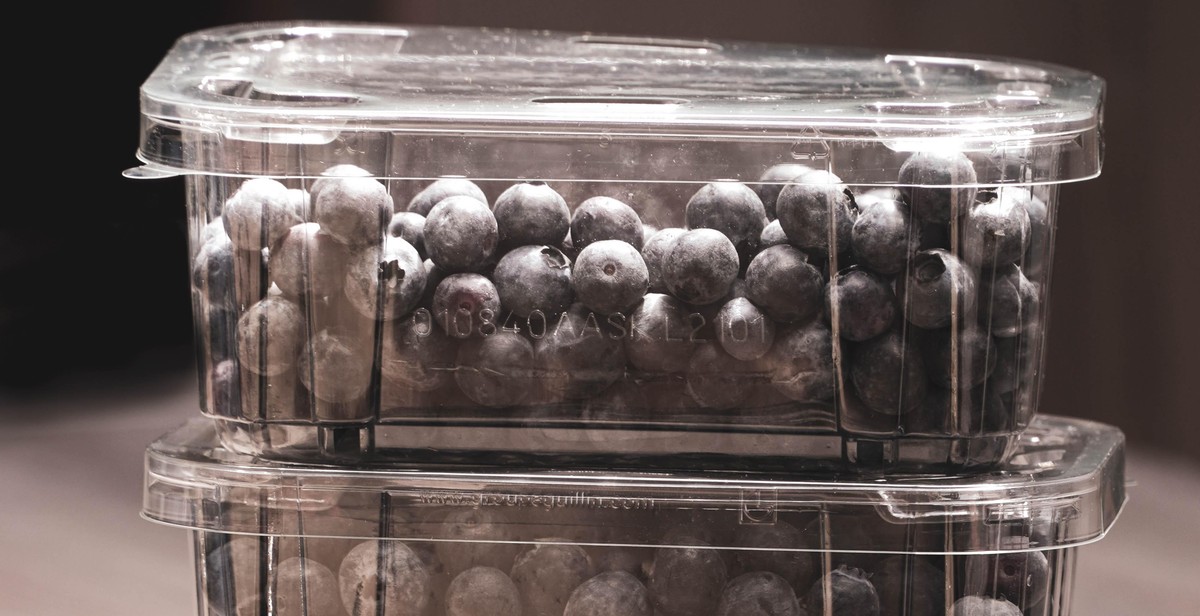
Caring for Your Berry Plants
Once you have successfully planted your berry plants in containers, it is important to care for them properly to ensure a bountiful harvest. The three main aspects of caring for your berry plants are watering, fertilizing, and pruning.
Watering
One of the most important things to remember when caring for your berry plants is to keep them properly hydrated. Be sure to water your plants regularly, especially during hot and dry weather. However, be careful not to overwater them, as this can lead to root rot and other issues.
It is best to water your berry plants deeply, allowing the water to soak into the soil and reach the roots. You can test the soil moisture by sticking your finger about an inch into the soil. If it feels dry, it is time to water your plants. If it feels moist, wait a day or two before checking again.
Fertilizing
Another important aspect of caring for your berry plants is fertilizing them regularly. This will help to ensure that your plants have the nutrients they need to produce healthy and delicious berries.
When fertilizing your berry plants, it is important to use a fertilizer that is specifically designed for fruit-bearing plants. Follow the instructions on the fertilizer package carefully, and be sure not to over-fertilize your plants, as this can lead to burning and other issues.
Pruning
Finally, pruning your berry plants is important for maintaining their health and productivity. Pruning helps to remove any dead or diseased branches, as well as to stimulate new growth and fruit production.
When pruning your berry plants, it is important to use clean, sharp pruning shears to avoid damaging the branches. Be sure to remove any dead or diseased branches, as well as any branches that are growing too close together or crossing over each other.
With proper care and attention, your berry plants will produce delicious and bountiful harvests for many years to come.
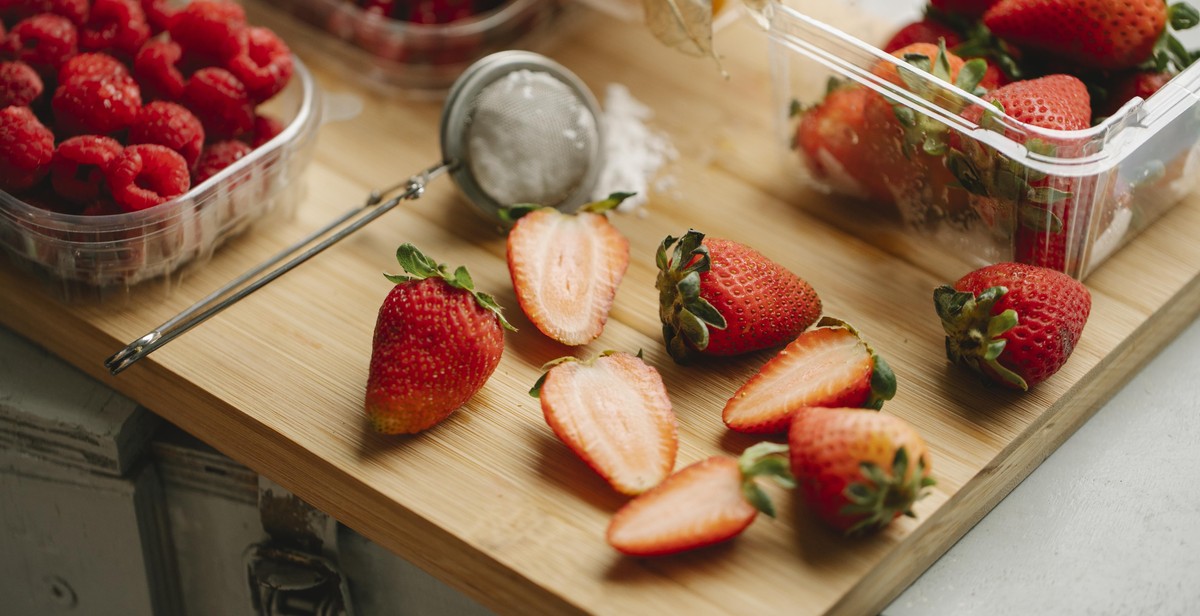
Harvesting Your Berries
Harvesting your fresh berries is one of the most exciting parts of growing them in containers. Here are some tips on timing and picking your berries:
Timing
The timing of your berry harvest will depend on the type of berry you are growing. Here are some general guidelines:
| Berry Type | Harvest Time |
|---|---|
| Strawberries | When the berries are fully red and have a shiny appearance |
| Raspberries | When the berries are fully red and easily come off the plant when gently pulled |
| Blueberries | When the berries are fully blue and slightly soft to the touch |
It’s important to check your berries regularly as they can ripen quickly and become overripe if left on the plant for too long.
Picking
When it comes to picking your berries, it’s important to be gentle to avoid damaging the plant or the fruit. Here are some tips:
- Use clean hands or a small pair of scissors to gently remove the berries from the plant
- Avoid pulling or twisting the berries as this can damage the plant and reduce future yields
- Harvest your berries in the morning when they are cool and firm
- Only harvest the berries that are fully ripe as unripe berries will not continue to ripen once picked
Once you’ve harvested your berries, it’s important to store them properly to keep them fresh. Check out our article on How to Store Fresh Berries for tips on keeping your harvest delicious.

Conclusion
Growing fresh berries in containers is a great way to enjoy delicious, homegrown produce even if you have limited space. By following the tips and guidelines outlined in this article, you can create a bountiful container garden full of juicy, flavorful berries.
Choose the Right Container and Soil
When selecting containers for your berry plants, make sure they are large enough to accommodate the roots and provide adequate drainage. Use a high-quality potting mix that is rich in organic matter and well-draining to support healthy growth.
Select the Right Varieties
Choose berry varieties that are well-suited for container growing and your local climate. Consider factors such as the plant’s size, fruit yield, and disease resistance when making your selection.
Provide Adequate Water and Nutrients
Berry plants require consistent moisture and regular feeding to produce abundant fruit. Make sure to water your plants deeply and frequently, and fertilize them with a balanced, slow-release fertilizer according to the manufacturer’s instructions.
Protect Your Plants from Pests and Diseases
To prevent damage from pests and diseases, monitor your plants regularly and take action at the first sign of trouble. Use organic pest control methods such as handpicking or spraying with neem oil to keep your plants healthy and productive.
Enjoy Your Delicious Harvests
With proper care and attention, your container-grown berry plants will reward you with a delicious harvest of fresh, juicy fruit. Whether you enjoy them fresh, baked into pies, or preserved as jams and jellies, your homegrown berries are sure to be a hit with family and friends.
| Container Gardening | Berry Varieties | Watering and Feeding | Pest Control |
|---|---|---|---|
| Choose the right container and soil | Select varieties suited for container growing and local climate | Water deeply and frequently, fertilize with slow-release fertilizer | Monitor plants regularly and use organic pest control methods |
By following these simple steps, you can enjoy a bountiful harvest of fresh, delicious berries from the comfort of your own home.
